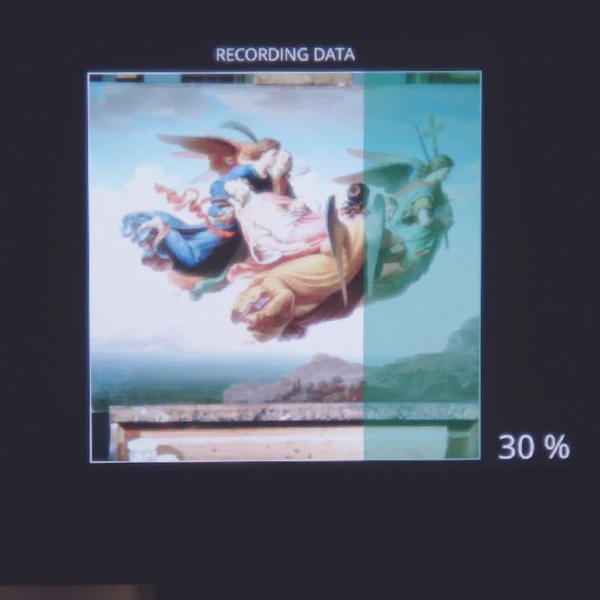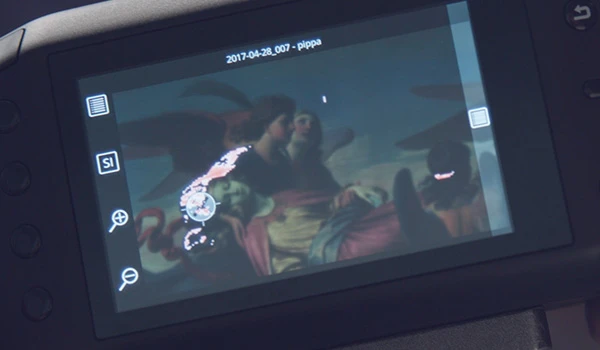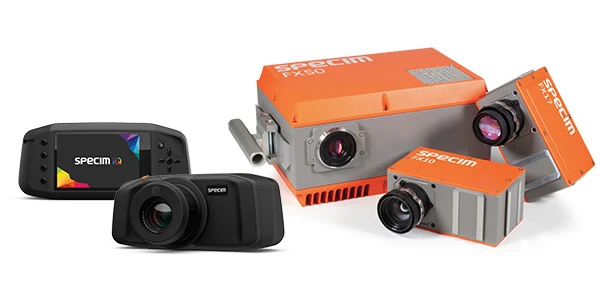Hyperspectral Imaging of Artworks and Cultural Objects

Scientific research on artworks and cultural objects can help conservators, curators, and others in the field of art conservation to learn more about materials and techniques used by their artists in their works, which is critical for authenticating and documenting artworks and cultural objects. Traditional methods of studying and analyzing artworks and cultural objects are generally invasive as they require samples or micro samples from the object. For instance, the use of chemical analysis can help identify the pigments, binding media, varnishes, etc., used but requires extracting the paint samples from the painting.
Hyperspectral Imaging
Non-invasive study and analysis of artworks and objects of cultural heritage are made possible with the advancement in imaging technology. The forefront of these technologies is hyperspectral imaging (HSI) which can collect data across wide spectral ranges, providing information-rich images that can be used to detect and characterize targets of interest. Due to its non-invasive capability, HSI has a wide range of applications across many different fields. In the medical field, it is used to detect skin cancer and other diseases. In agriculture, it is used to monitor crop and plant health and identify diseases. In the art and cultural heritage field, HSI can be used to identify pigments and other materials used in the painting, identify areas of damage, and track the progress of conservation treatments. Information extracted from the visible spectral range can be used in understanding pigment color change, while the near-infrared range can reveal information or written text that is hidden behind the outer layer or deteriorated or faded.
HSI is gaining wide acceptance in the art and cultural heritage field as one of the most valuable tools for archiving and restoration. De Viguerie et al. (2020) use HSI to map the pigments and binders used in 2 major 15th-century Gothic artworks. Bayarri et al. (2019) utilize HSI in their study, conservation, and management of paleolithic rock art. D’Elia et al. (2020) use VNIR hyperspectral imaging as one of the tools in their investigation of two panels by Marco d’Oggiono to identify the pigments and the layering sequence during the different painting phases.
Specim Hyperspectral Cameras
Specim, a leading pioneer in the field of HSI, offers a wide selection of line-scan (pushbroom) hyperspectral cameras and solutions covering various spectral regions like visible (VIS), visible and near-infrared (VNIR), near-infrared (NIR), short-wave infrared (SWIR), mid-wave infrared (MWIR), long-wave infrared (LWIR).
Specim IQ
The Specim IQ is a portable VNIR hyperspectral camera that is designed to make HSI simple in all environments, whether indoor or on-site/field. With an easy-to-use interface and operation similar to a digital camera, users unfamiliar with HSI can also easily perform HSI measurements with the Specim IQ. Unlike other line-scan hyperspectral cameras, the Specim IQ is equipped with an in-built scanner, enabling it to perform HSI measurements without the target or camera moving. The Specim IQ is accompanied by its data management software, the Specim IQ Studio, where users can easily create their reference spectra, models, and applications for their intended applications.
Watch this video or read this article to find out how hyperspectral measurement and analysis of artworks and cultural objects are made simple with Specim IQ.

Hyperspectral imaging of artwork with SPECIM IQ
Specim FX
The Specim FX features 3 different hyperspectral cameras, namely FX10, FX 17, and FX 50, each covering a specific spectral region of VNIR, NIR, and MWIR, respectively. Ideally suited for industrial applications, the highly flexible Specim FX hyperspectral cameras can also be used in art and cultural heritage applications demonstrated by Sandak et al. (2021) in their evaluation of heritage object coatings.

Specim IQ (left) and Specim FX Series (right)
Interested in understanding more about HSI or perhaps requires help finding the right hyperspectral cameras and solutions for your applications? Contact us for a free consultation with experts.
